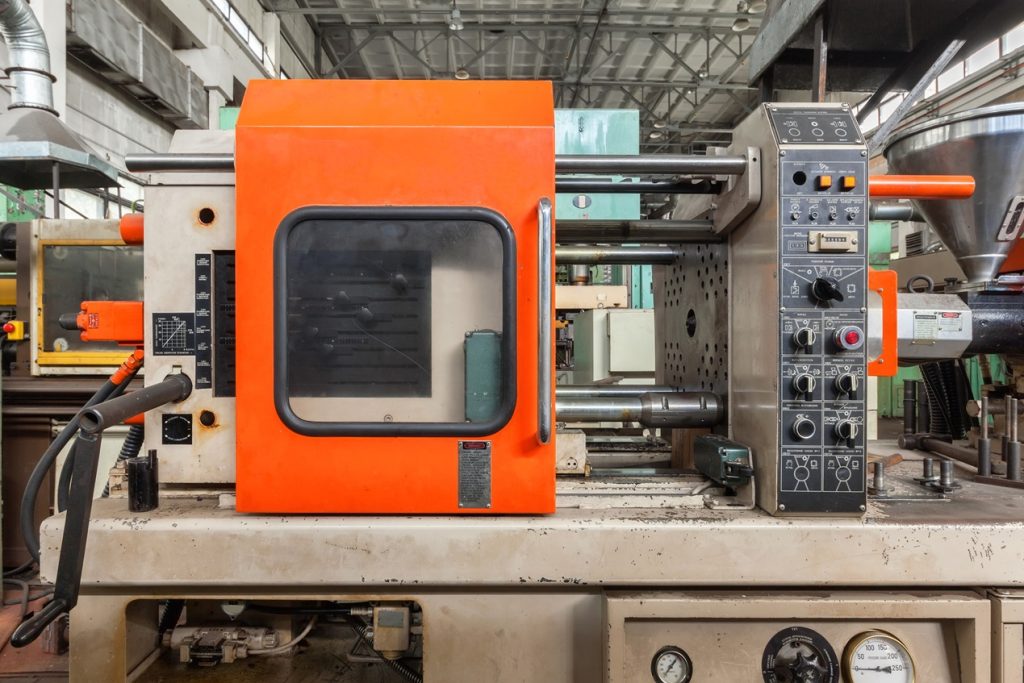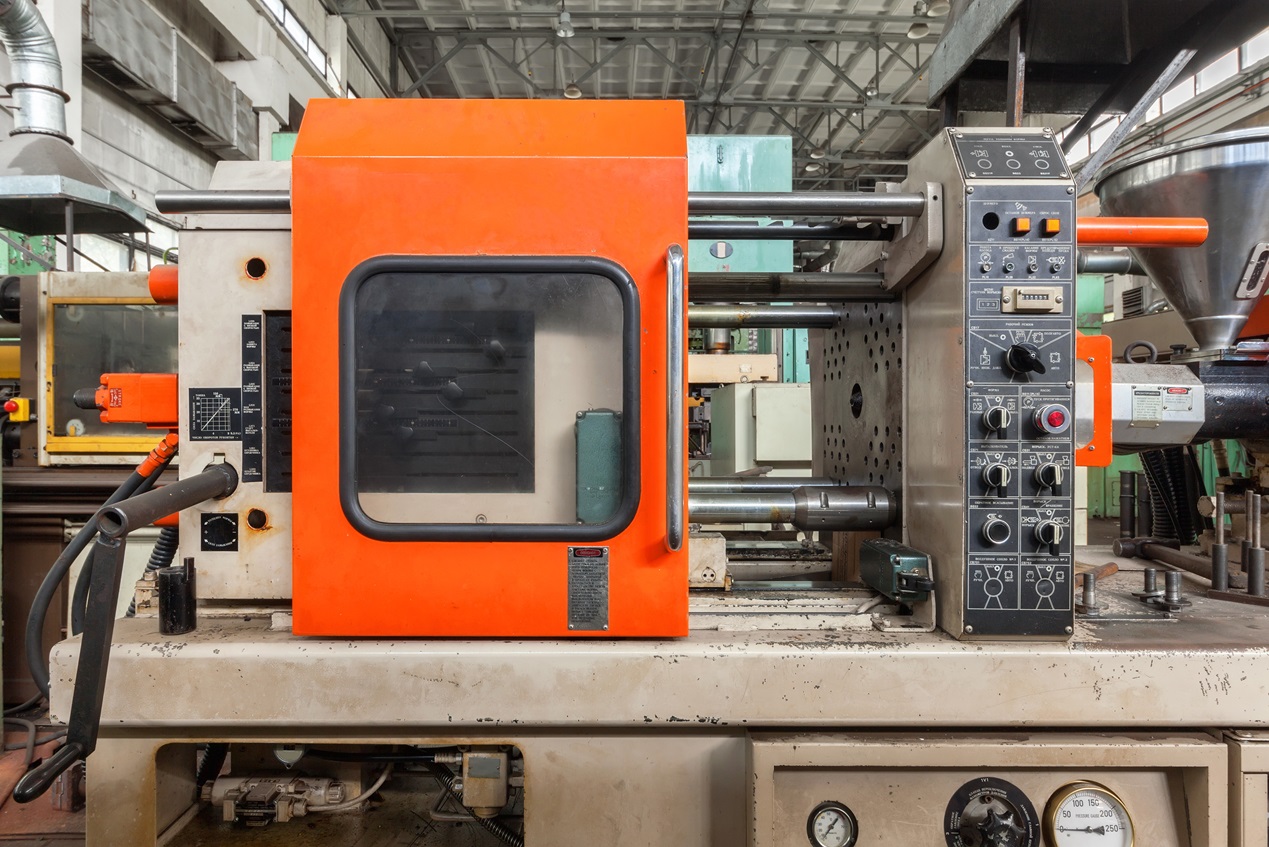
Injection moulding is one of the most popular plastic processing methods in the world, gaining the recognition of both manufacturers and users. Owing to is versatility, precision and mass-production compatibility, the technology has become indispensable for many industries. It has also been gaining ground in Poland, with the number of companies specializing in this field constantly growing. The article focuses on characterizing injection moulding and presenting its main advantages.
Injection moulding process
Injection moulding involves inserting molten plastic to a mould, which gives it its final shape. The process comprises several stages, such as plastic preparation, its heating and melting, injecting to a mould, and finally cooling and removing a finished product. Advanced machines for plastic injection moulding enable precise control over process parameters, which guarantees its repeatability and high quality of fabricated elements.
Application within various industries
Injection moulding finds many applications in different fields. It is employed both in manufacturing automotive components and the electronic, medical or packaging industry segments. Its technological capabilities allow injection moulding to produce complex shapes or precise workpieces, which is particularly important when manufacturing elements for medical or electronic equipment. Moreover, this technology allows to manufacture elements exhibiting varying properties, such as strength, flexibility or resistance to high temperatures.
Injection moulding advantages
One of the major advantages of injection moulding employed by Noex, a manufacturer of plastic products, is the possibility for the mass-production of high-quality and repeatable elements. This makes unit costs lower than the ones associated with other plastic processing methods. Furthermore, the process is characterized by high energy efficiency and minimum material consumption, which translates to lower manufacturing costs and environmental impact. In addition, injection moulding enables the application of various plastics and their blends, which provides the manufacturers with greater freedom in terms of selecting material properties.











